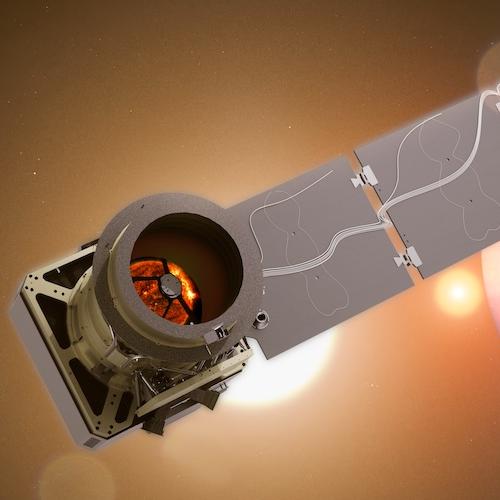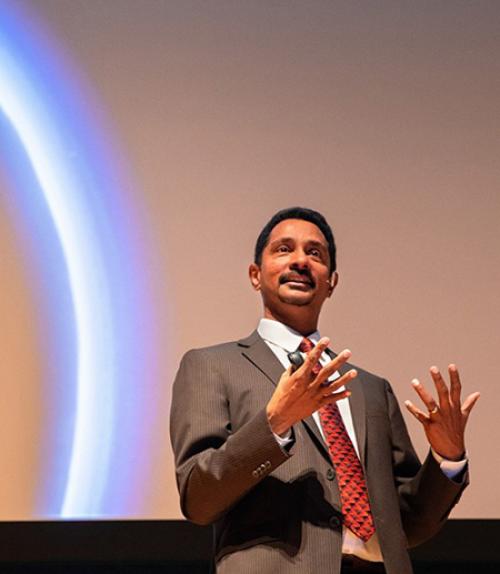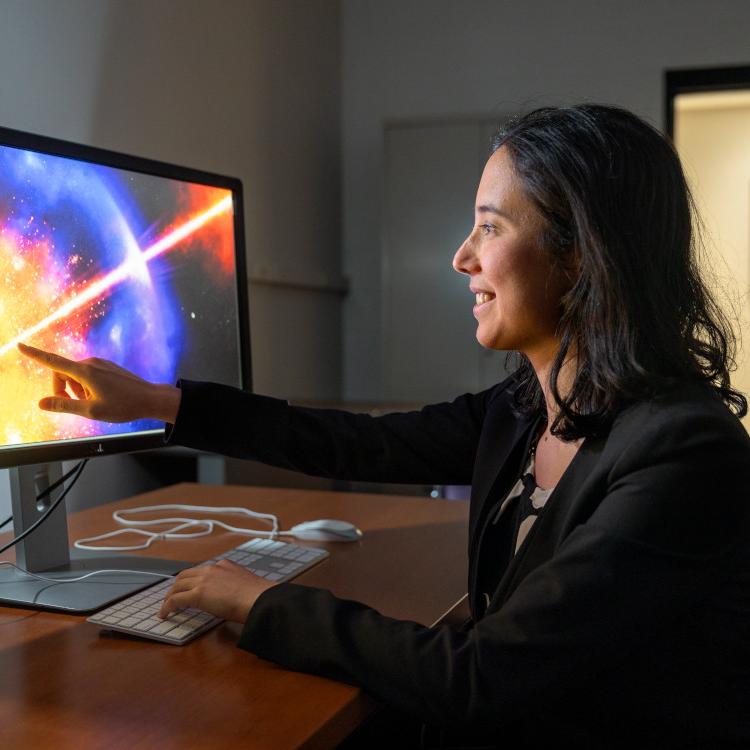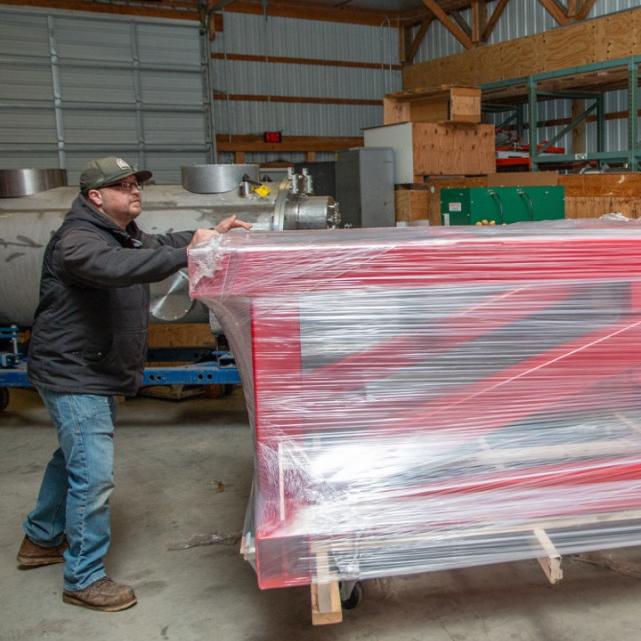
 Department Homepage
Department Homepage
A&S dean delivers keynote at K-12 ed conference
Jayawardhana showed teachers how the at-times esoteric subject matter of astronomy “is not only relevant but integral to our lives.”




